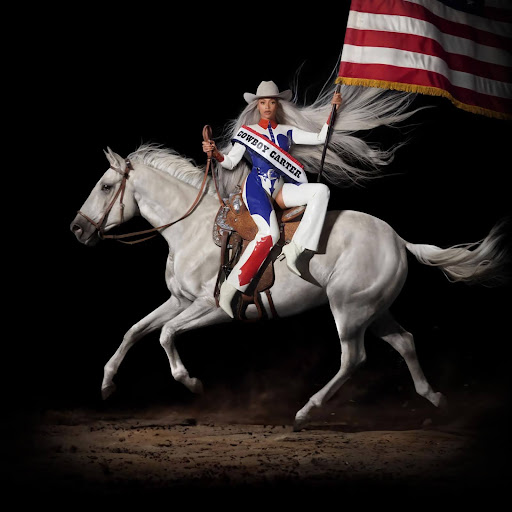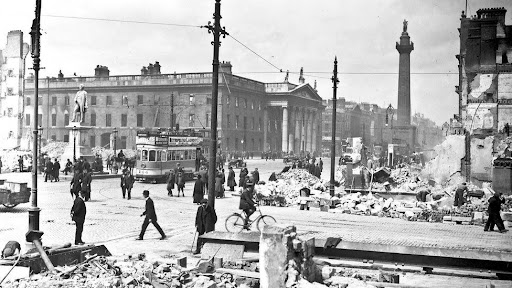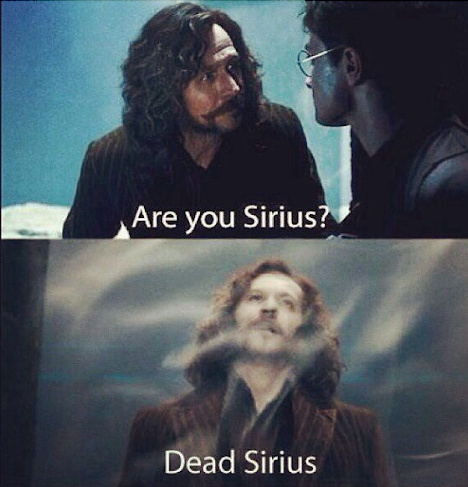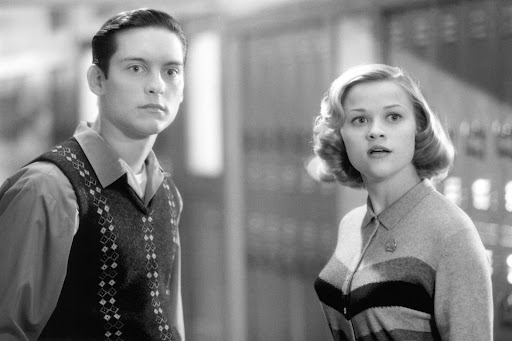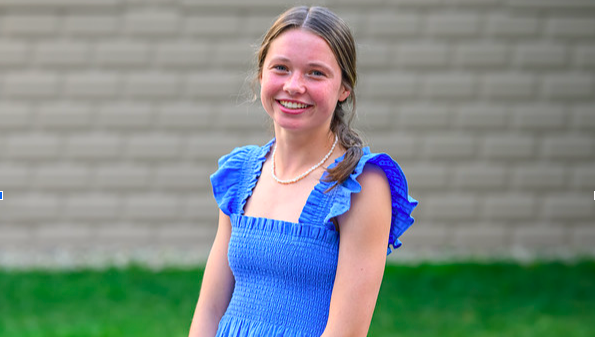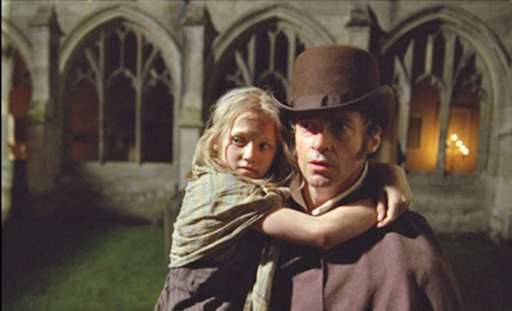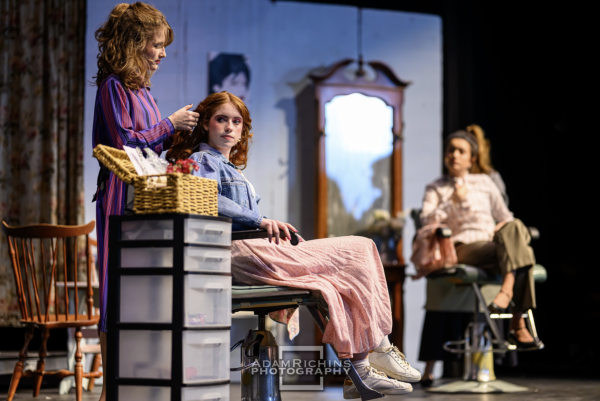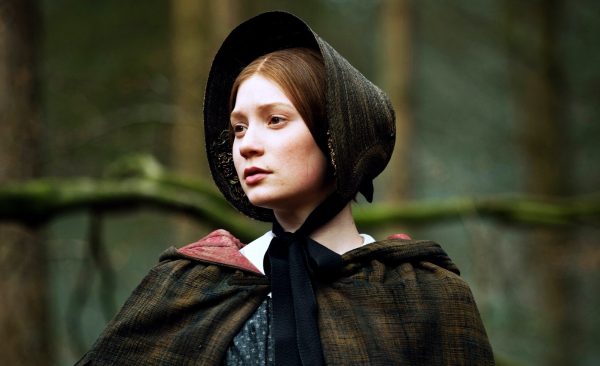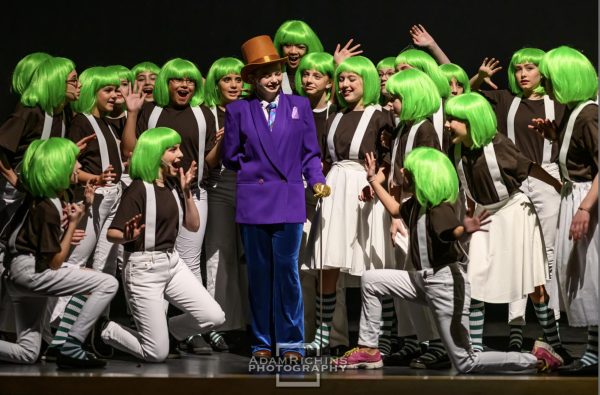Wheatfield With Crows: Uncovering an Artist in His Work
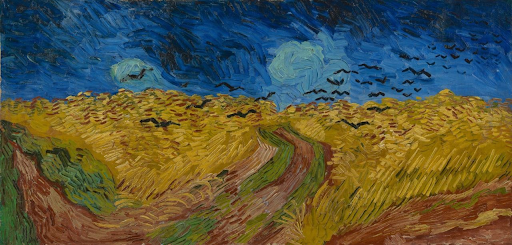
‘Wheatfield with Crows’ is currently on display at the Van Gogh Museum in Amsterdam.
In 1890, Vincent Van Gogh wrote to his brother, Theo, about two paintings he created of some wheatfields, saying: “They are vast fields of wheat under troubled skies, and I did not need to go out of my way to try to express sadness and extreme loneliness… I almost think that these canvases will tell you what I cannot say in words, the health and restorative forces that I see.” Due to his mental illness and the belief that his talent was not recognised until after his death, Van Gogh has come to be recognized as an archetypal “tortured artist.” Perhaps, the real tragedy is that people tend to only look at one facet of his life — imagining him to be tormented and shut-up in a mental hospital. In reality, he began to rise in popularity at the time of his death and created some of his best works while hospitalized and recovering.
Wheatfield with Crows was painted shortly before his tragic death (although, it was not his final painting, as is sometimes thought). Van Gogh conveyed exactly what he said he hoped to in his letter. The wheatfield, which takes up most of the canvas and seems to be stretching on further than the viewer can tell, leaves the viewer unable to see an end to the paths that curve through the blowing yellow stalks. Near the horizon, the skyline is brighter, but as you move toward the top of the painting, darker shades appear, almost as if they are seeping in. Based on the movement of the wheat, it is clearly very windy. In earlier paintings of the same type of subject, Van Gogh uses lighter colors that are closer to pastel tones. They have bright skies and generally more green elements, which make the painting appear more alive or natural. In Wheatfield With Crows, the wheatfield engulfs the canvas; you can’t see past it. In his other paintings, Van Gogh generally includes elements outside of the wheatfield – flowers, or trees, or buildings in the background.

There are also the crows— it’s impossible to know whether they are flying away from the viewer or toward them. Crows are historically seen as ominous symbols of doom and misfortune, and if they are flying at the viewer, it’s probably trying to communicate dread. If they are flying away, however, it could mean that Van Gogh felt that his troubles were leaving him. After all, he stressed “health and restorative forces” in his letter. Van Gogh enjoyed painting and walking outdoors. The crows add more life to the painting. Perhaps the vastness of the field meant optimism and the boundless opportunities of the future to Van Gogh. Art can be interpreted differently by each person who experiences it.
In context, however, I don’t believe it’s likely that the primary intention of Wheatfield With Crows was to portray good feelings. Wheatfield was painted in July 1890, the same month, in which he committed suicide. Today, people often romanticize the problems Vincent Van Gogh grappled with. There is nothing pretty about the pain Van Gogh experienced, no matter how beautiful his art may have been. Wheatfield With Crows strips away all the ideas someone might have about the supposed “beauty” of the feelings associated with mental illness. It is a stunning landscape, but the colors and construction of the work reveal detachment and hopelessness. That’s why I admire it. Taking time to just delve into paintings visually gives an idea of how Van Gogh might have seen the world; it may often be bright and free, but sometimes the best paintings are the ones that communicate the true pain that people may want to gloss over or ignore.
by Lucy Demeo ’24

